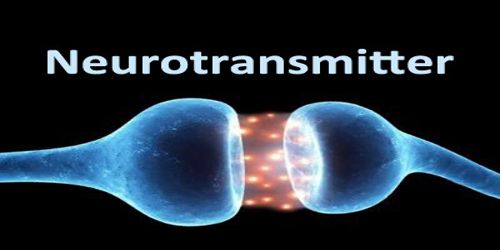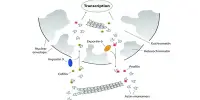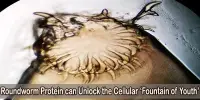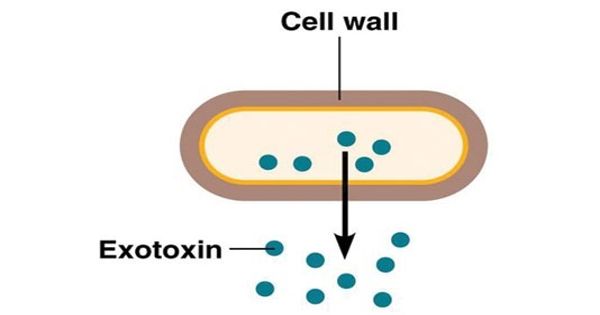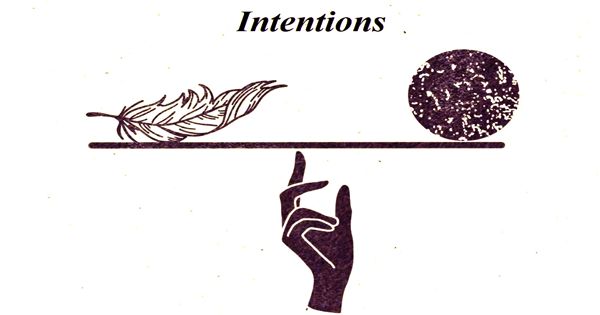Neurotransmitter
Definition
Neurotransmitter is a chemical substance that is produced and secreted by a neuron and then diffuses across a synapse to cause excitation or inhibition of another neuron. Acetylcholine, norepinephrine, dopamine, and serotonin are examples of neurotransmitters. It is also known as chemical messengers or chemical transmitter. Neurotransmitters are released from synaptic vesicles in synapses into the synaptic cleft, where they are received by receptors on the target cells.
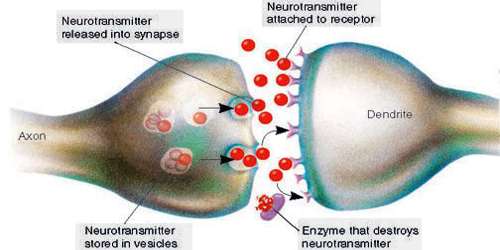
Many neurotransmitters are synthesized from simple and plentiful precursors such as amino acids, which are readily available from the diet and only require a small number of biosynthetic steps for conversion. Neurotransmitters play a major role in shaping everyday life and functions. Their exact numbers are unknown, but more than 100 chemical messengers have been uniquely identified.
Mechanism of Neurotransmitter
Neurotransmitters are formed in a presynaptic neuron and stored in small membrane-bound sacks, called vesicles, inside this neuron. When this neuron is activated, these intracellular vesicles fuse with the cell membrane and release their contents into the synapse, a process called exocytosis.

Some neurotransmitters are referred to as fast-acting since their cellular effects occur milliseconds after the neurotransmitter binds to its receptor. These neurotransmitters exert direct control of ion channels by inducing a conformational change in the receptor, creating a passage through which ions can flow. These receptors are often called ligand -gated ion channels since the channel opens only when the ligand is bound correctly.
Slower-acting neurotransmitters act by binding to proteins that are sometimes called G-protein-coupled receptors (GPCRs). These receptors do not form ion channels upon activation and have a very different architecture than the ion channels. The protein structure of a GPCR is one protein subunit folded so that it transverses the membrane seven times. These receptors are referred to as G-coupled protein receptors because they function through an interaction with a GTP -binding protein, called G-protein for short.

Binding of neurotransmitters may influence the postsynaptic neuron in either an inhibitory or excitatory way. This neuron may be connected to many more neurons, and if the totals of excitatory influences are greater than those of inhibitory influences, the neuron will also “fire”. Ultimately it will create a new action potential at its axon hillock to release neurotransmitters and pass on the information to yet another neighboring neuron.
Types of Neurotransmitter
Different types of neurotransmitters have been identified. Based on chemical and molecular properties, the major classes of neurotransmitters include amino acids, such as glutamate and glycine; monoamines, such as dopamine and norepinephrine; peptides, such as somatostatin and opioids; and purines, such as adenosine triphosphate (ATP). Some gaseous substances, such as nitric oxide, can also act as neurotransmitters, as can endogenous substances known as trace amines, which are related chemically to the monoamines; examples include tryptamine and the phenethylamines.
In addition, over 50 neuroactive peptides have been found, and new ones are discovered regularly. Many of these are “co-released” along with a small-molecule transmitter. Nevertheless, in some cases a peptide is the primary transmitter at a synapse. β-endorphin is a relatively well-known example of a peptide neurotransmitter because it engages in highly specific interactions with opioid receptors in the central nervous system.
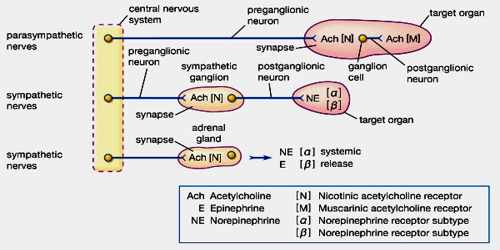
Termination of Transmission
For proper control of neuronal signaling, there must be a means of terminating the nerve impulse. In all cases, once the neurotransmitter dissociates from the receptor, the signal ends. For a few neurotransmitters, there are enzymes in the synapse that serve to chemically alter the neurotransmitter, making it nonfunctional. For instance, the enzyme acetylcholinesterase hydrolyzes acetylcholine. Other neurotransmitters, such as catecholamines and glutamate, undergo a process called reuptake. In this process, the neurotransmitter is removed from the synapse via a transporter protein. These proteins are located in presynaptic neurons or other nearby cells.
Reference:
